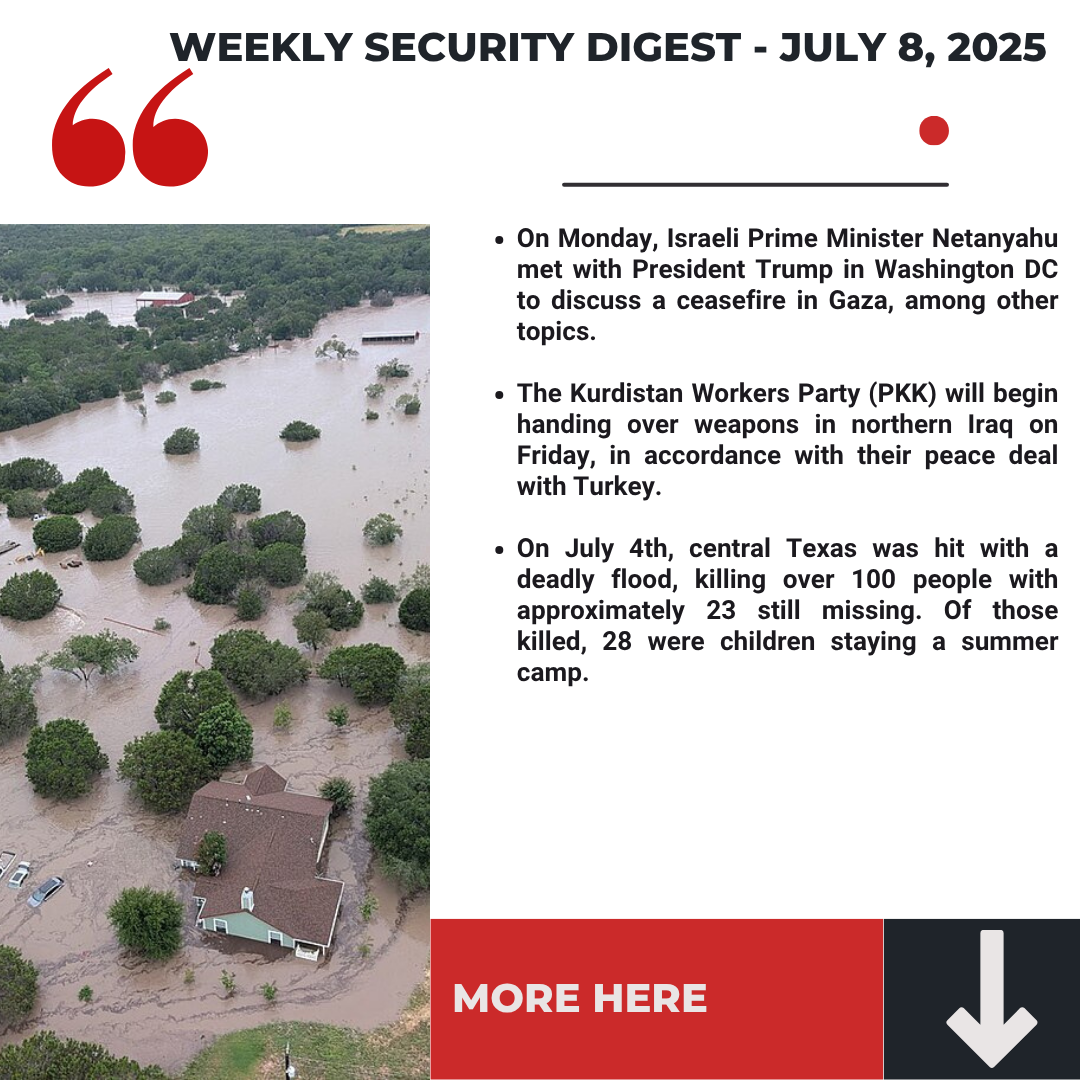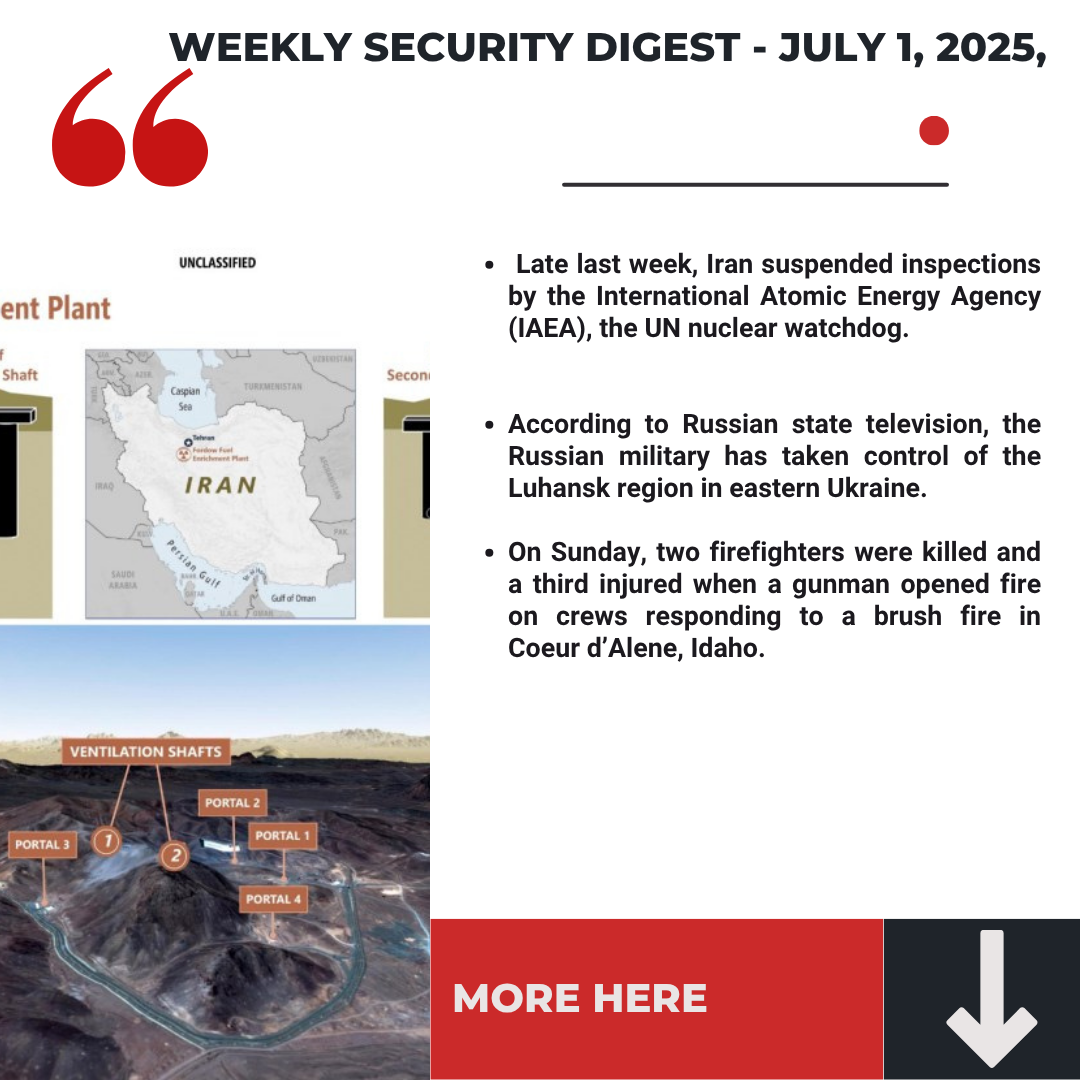The United States celebrated Independence Day earlier this month, so it’s a good time to think about the freedom we all cherish or strive towards. Even in a leisurely summer mode, we can’t let our guard down, individually or as a society. We’ve covered personal safety and pre-emptive steps to stay safe, but it’s important to be aware of dangers on the macro/global level. During this current contentious political environment, Western democracies could be more susceptible to cyber threats and cyber security attacks, so the team at Interfor will focus on the most likely areas. We’re not here to ruin anyone’s summer vacation, but it’s best to know about possible threats.
Iran
Despite all the saber rattling between the United States and Iran, the prospect of a serious armed conflict seems to be low (at this point). However, with the low-grade conflict in the Persian Gulf, including Iran’s seizure of a British tanker things could quickly spiral out of control. Aside from Iranian leaders’ bellicose remarks, Iran is a country that likes to work through proxies such as militias in Iraq, the Houthis in Yemen, and Hezbollah in Lebanon and Syria.
Those same proxies are responsible for the cyber attacks on American targets and interests. Iranian proxies have increased their attacks in a campaign-like manner to wreak havoc and apply political pressure. A Forbes article states that hackers compromised Outlook systems used by the U.S. government – “Cyber Command tweeting that it has discovered the “use of CVE-2017-11774 and recommends immediate patching,” adding a disabled link to the suspected delivery URL.” While Iran does not have the capabilities of other pernicious actors such as China and Russia, it can still cause significant damage, with no apparent let-up in that ambition.
China
The world is turning into a battleground between the United States and China, with other nations (particularly Western Europe) observing from the sidelines. While the relationship with China is complicated and unclear because of statements from the Trump administration, China remains a real threat to American national security.
From recent attacks on American satellites to the ongoing controversy with Huawei (the tip of the spear of China’s intelligence apparatus), this cold war has been on a slow boil. In referencing China’s behavior, this article states that “both China and Russia prioritize electronic warfare, cyber-attacks and superiority within the electromagnetic battlespace,” and both nations have “a key focus on preventing adversarial satellite-based communication systems from impacting their operational effectiveness,” the implication is that those two nations are the adversaries likely to have set out to compromise the satellite networks used by the U.S. and its allies.” China understands the vulnerabilities in our system and will continue to actively exploit them.
Russia
Russia is not as powerful as China, but it still harbors illusions of grandeur harking back to the Soviet Union. Like Iran, Russia works with several proxies – in this case, state-sponsored hackers. Both Russia and the United States have been attacking each other’s power grids and the U.S. has allegedly taken offensive measures. Shutting down a power grid could have catastrophic ramifications, and that is why the U.S. government has taken moves to secure that infrastructure. Sometimes it’s not the strong countries we should worry about, but the weaker ones who will stop at nothing to regain a position of power.
In the heat of summer many people tune out during vacation time. While it’s important to take time to recharge (including a break from the news cycle), the threats facing our nation will not go away until we face them head on.
To find out more, please reach out to info@interforinternational.com





